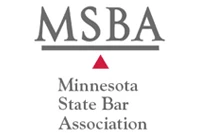Divorce and Bankruptcy
Divorce and Bankruptcy: Divorce is painful and can leave us in financial ruins. We are often clouded with emotion and are unable to make sound financial decisions that will protect us. Make sure to hire someone who is thinking practically and not emotionally. If filing for bankruptcy is necessary, than proper means must be taken [...]







